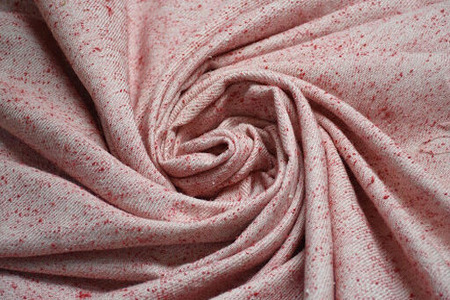India need to focus on trade pact opening doors for textile exports
YarnsandFibers News Bureau 2014-11-12 12:00:00 – CoimbatoreAdvising Texpreneurs (a forum formed by Tamil Nadu based textile entrepreneurs) against seeking such sops from the Government, corporate economic advisor - Ritesh Kumar Singh said that a well-conceived trade pact can open up opportunities on the textile export front, but a badly negotiated free trade pact can lead to unintended consequences, referring o SAFTA (Agreement on South Asia Free Trade Area).
With the WTO obligation forcing India to phase out all its export incentives for the textile sector by end of 2015 on the other hand the Indian textile industry as well as the policy makers are too focused on export incentive scheme for export promotion. This does not augur well for the industry.
Here, in India, the focus is on extracting more tax sops and subsidies for investment or exports. But, the key to survive in the long run would be to seek improved trade facilitation and basic infrastructure. India will have to phase out most of its export incentives (excepting may be – duty drawback and Textile Upgradation Fund Scheme) to comply with its commitment to WTO.
The role of trade policy in pushing exports and safeguarding domestic markets threatened by ever-growing low priced imports from countries like Bangladesh and China.
The textile sector in India when it comes to trade with Bangladesh is a clear loser, thus it’s time India imposed some sourcing restrictions for permitting duty free import of garments from Bangladesh, as that country does not possess fabric manufacturing facilities. While this will help textile exports to Bangladesh, it will also check backdoor entry of Chinese fabrics to India via Bangladesh.
He further highlighted, the implication of Trans Pacific Partnership (TPP) for textile export and import, India are at a disadvantage with regard to tariff; notwithstanding this, exporters from TPP member countries such as Vietnam will get preferential access to the US market as compared to exporters from non-TPP countries like India, putting garments exports from India to the US in a difficult situation.
Similarly, the Yarn Forward Rule (YFR) makes it mandatory to source yarn, fabric and other inputs that are used in making clothes from TPP partner countries for availing duty preference. This will induce garment manufacturers in TPP countries to source their input from TPP countries, even if the suppliers in that region are not very efficient.
TPP therefore is going to be the biggest challenge for the Indian textile industry as US accounts for close to a-fourth of India’s apparel exports and because of duty disadvantage with Vietnam, post the trade pact.
Nevertheless, all is not lost. There are a few potential markets such as Brazil in Mercosur region that remains untapped. Inclusion of textile items under India-Mercosur Preferential Trade Agreement can help India’s exports, as textile items face prohibitive import duties ranging from 26 per cent to 35 per cent in Mercosur countries, as per Singh and advised the Forum to seek Government help for providing marketing assistance to increase exports to Russia and other CIS countries.
Based on the corporate economic advisor, Ritesh Kumar Singh’s suggestion and advice, Texpreneurs Forum is in the process of submitting a report to the Central Government.
Market Intelligence
Ask for free sample Report

experience
Customer Base
dedicated team
Countries Served Worldwide









